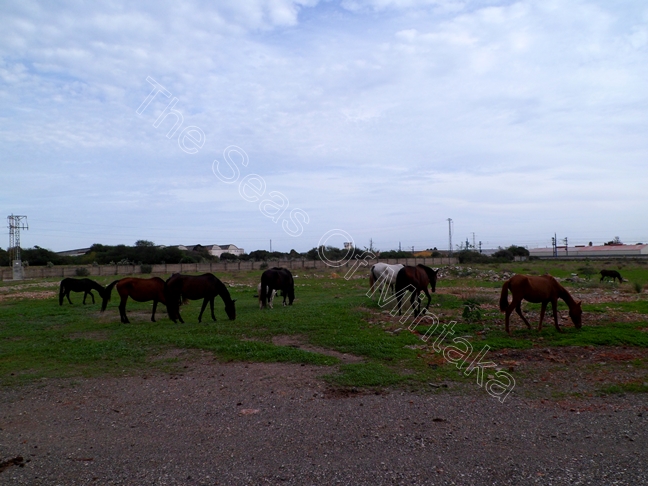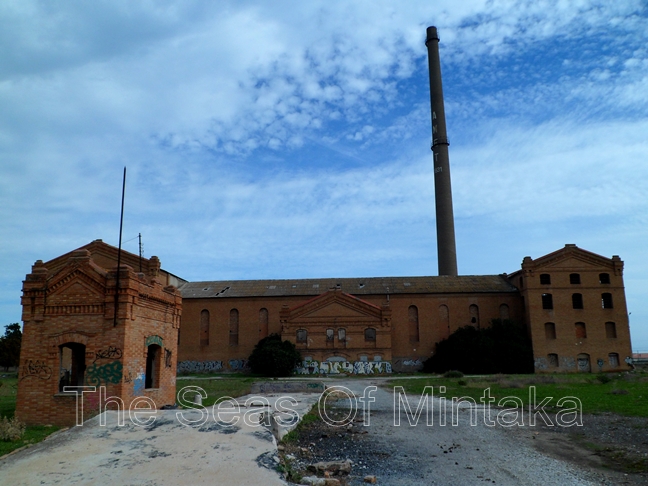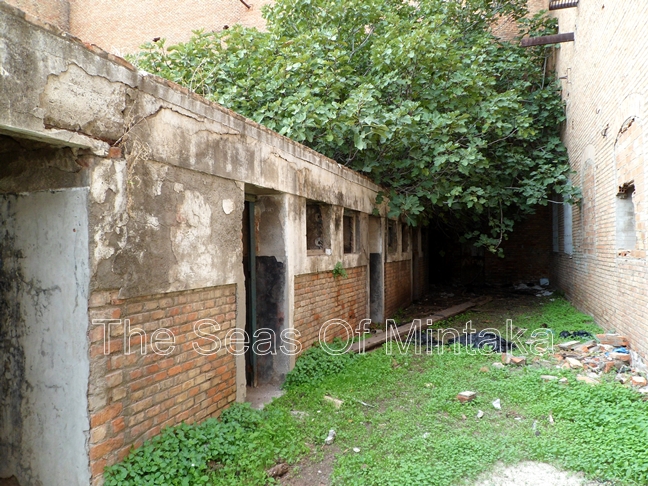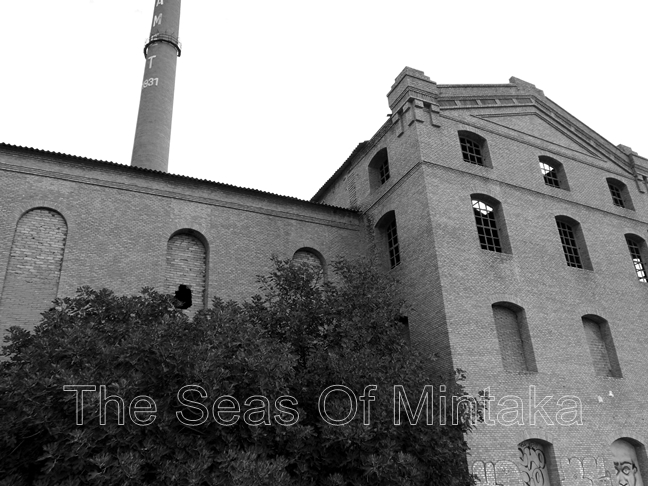I first discovered the old, historic, abandoned Sugar Refining Factory of El Tarajal, Malaga, when I was sent to work at a nearby industrial park.
I love photographing old, abandoned historic places of interest, such as the Old Provincial Prison of Malaga. So I couldn’t wait to get in a photo report about this new discovery.
On the chosen day I set off with my oldest son. The factory is surrounded by a wall, but I hoped someone would come along and open it.
Here is a photo with open doorways, but they’re not open to the exterior. They look out onto an inner courtyard that you have to climb into through a hole.
Sure enough, we were lucky and as we arrived someone else arrived too. It was a group of farmers, they are using the factory now as a stable and dozens of horses live in it now.
At the beginning of the twentieth century Spain provided practically all the sugar that was consumed in Europe, so sugar production became a major industry in Spain at that time. Sugar factories were erected all over the country.
This was the water tower, where water for the factory was stored.
The Sugar Refining Factory of El Tarajal was built in 1931 (and if there was any doubt about that, the date is inscribed into the chimney along with the name “AMET”, which I assume is the company that probably built the factory).
Graffiti on the side wall of the sugar refinery of El Tarajal, Malaga.
Once considered an architectural wonder with walls dressed in sumptuous tiles, displaying a rather formal, stately classical air, the factory was built by the influential Larios family, the family that gave their name to Malaga’s main street.
After the Second World War Europeans began to import sugar from Central and South America because it was cheaper, and no one wanted Spanish sugar anymore. So all the Spanish sugar refining factories were closed and left alone to their devices. To the ravages of time, abandonment and vandalism.
We assumed that these were the latrines. They were sooo indescribably disgusting, we didn’t want to step inside to find out!
You can be sure this is not a place where you would want to touch anything! We made sure to touch as few things as possible. When climbing inside (through the holes as there were no open doors) we did have to touch the icky walls a bit.
I went with my oldest son, which was great, because he was able to chat with the farmers while I took photos. Farmers are very laconic and don’t think about things a lot and don’t spend a lot of time wondering about things and pondering over things. (Or at least it seems that’s what they’d like us to believe).
So they didn’t think very many things about the factory. They didn’t know much about it nor did they have any interest in its history. They told my son: “It’s just a big stable!”
I’m not too sure what sugar cane looks like, but it would only make sense that it would grow near a sugar factory, right?
My son told me it had been a bit boring. So I took him for a Coca-Cola to reward him afterwards for being such a game haha!
 If you enjoyed this post (I really hope you do!), maybe you will also like:
If you enjoyed this post (I really hope you do!), maybe you will also like:
The Old Provincial Prison of Malaga



















